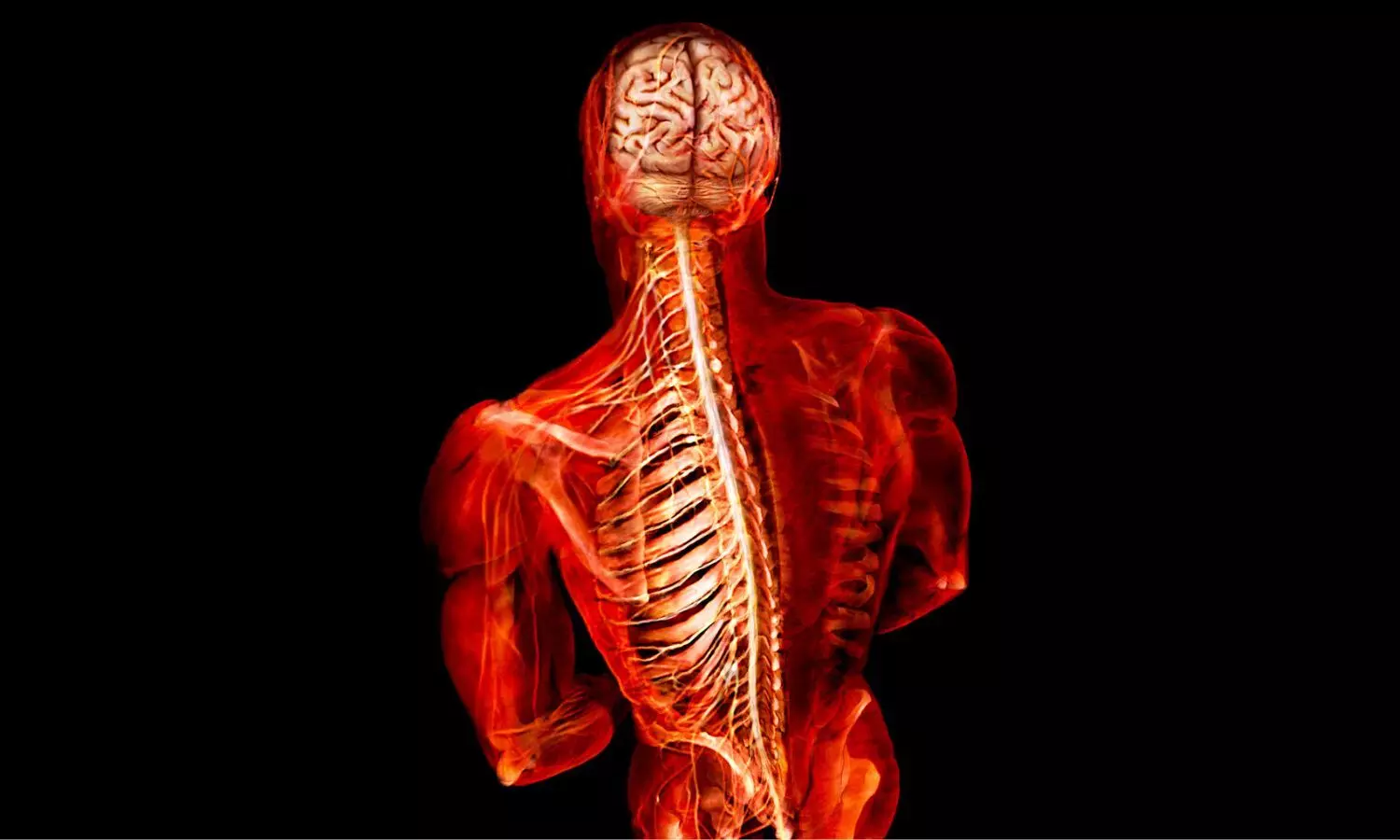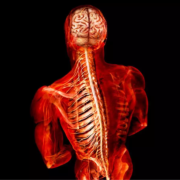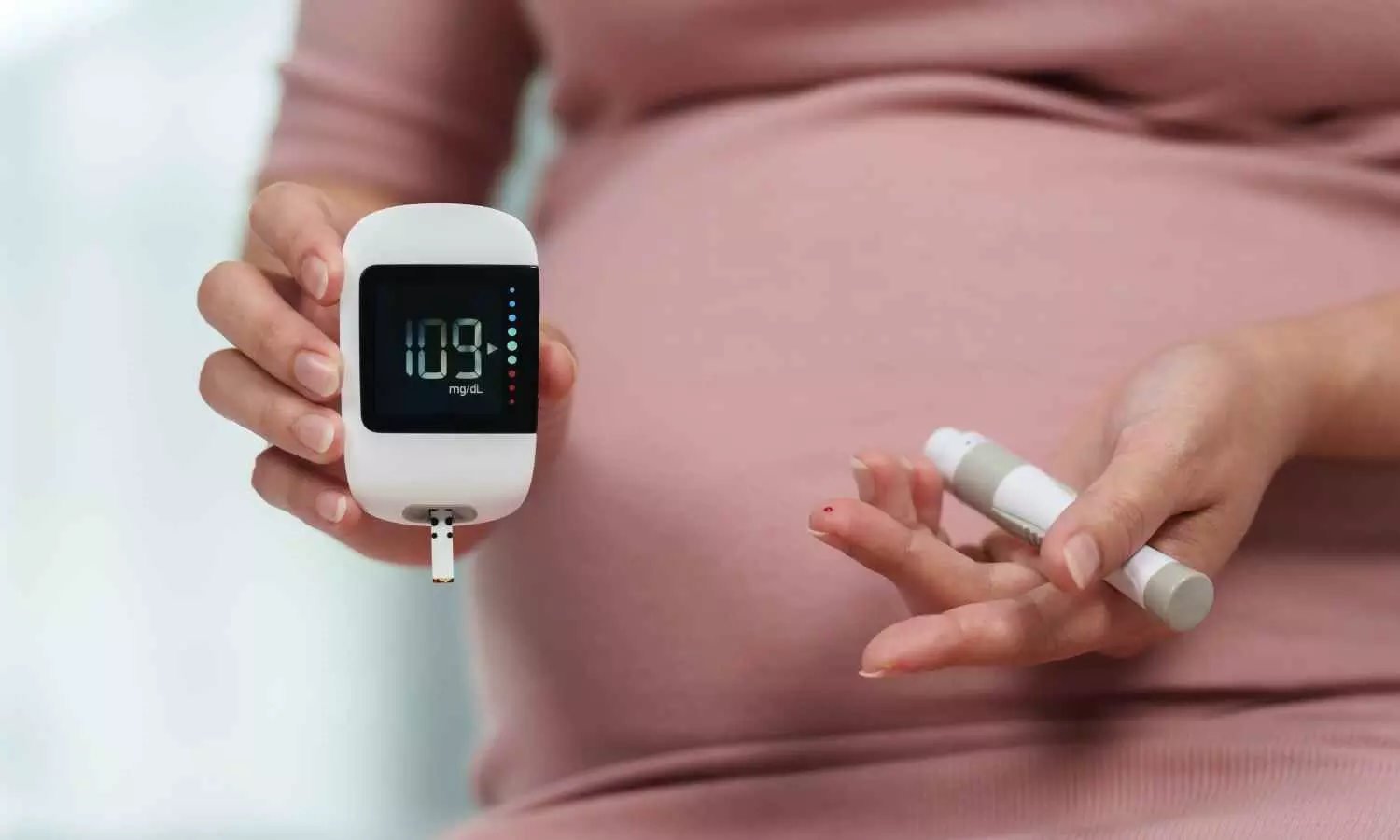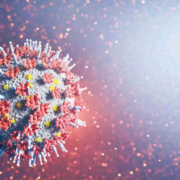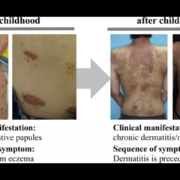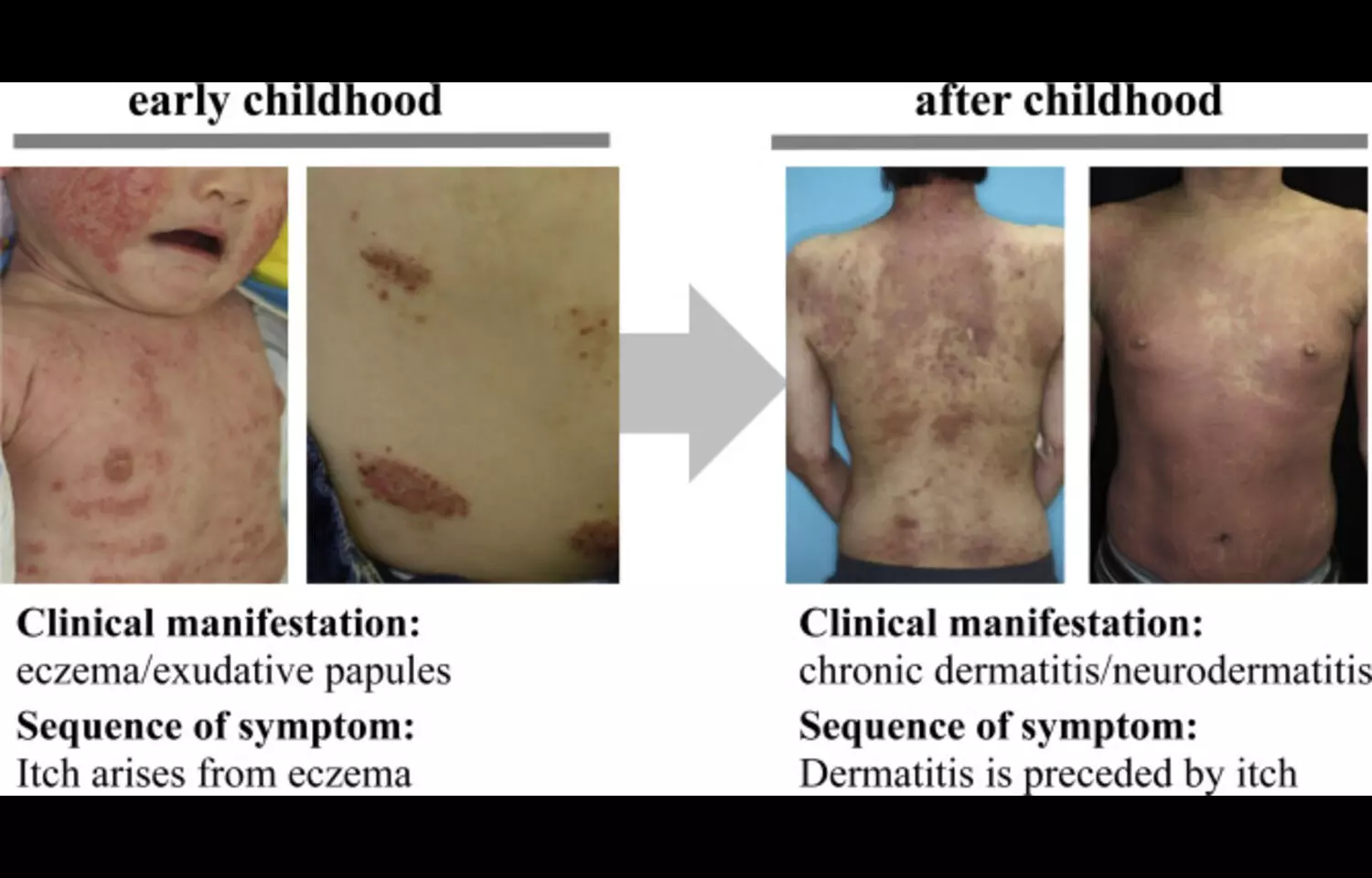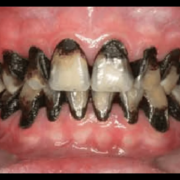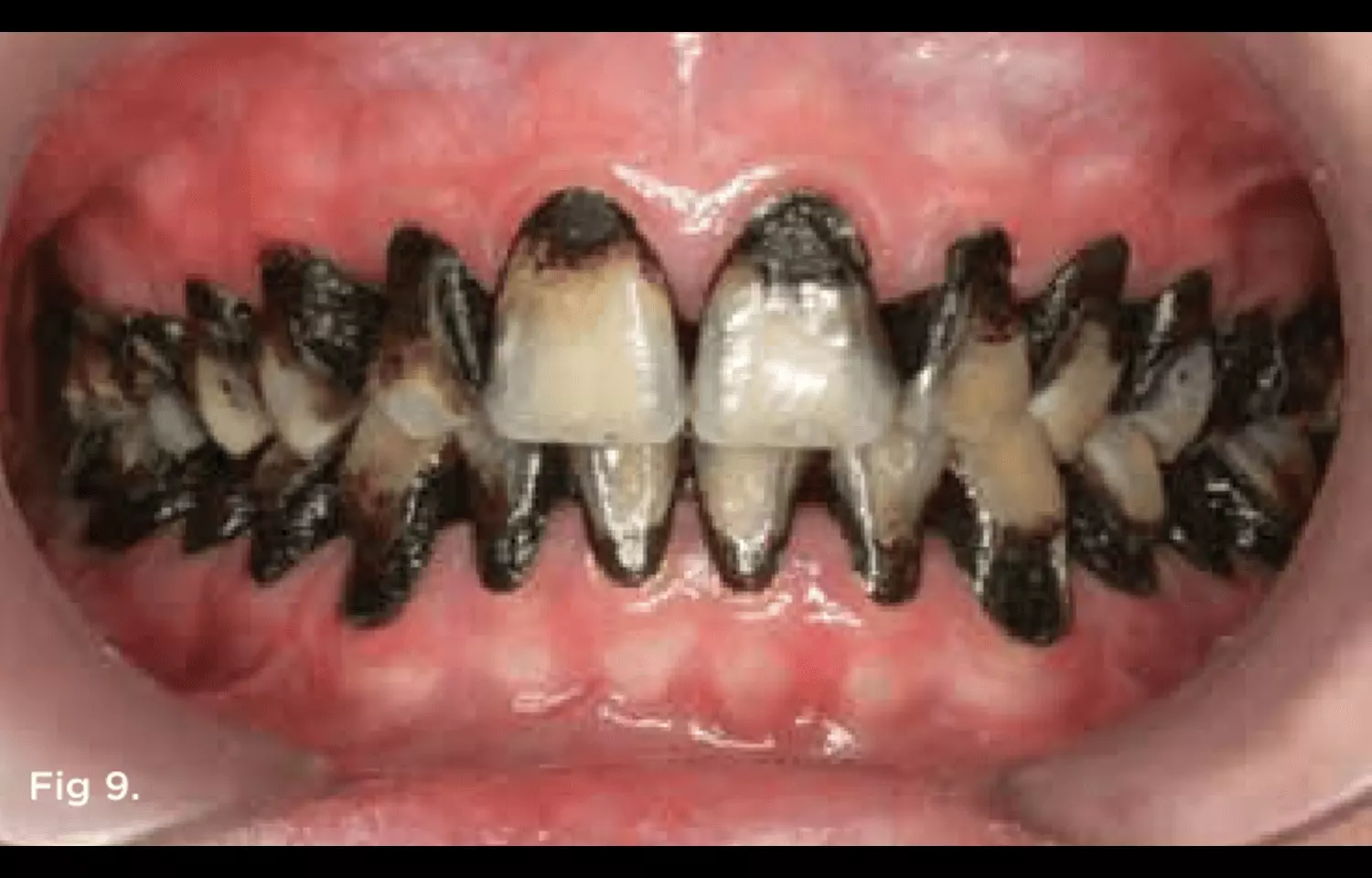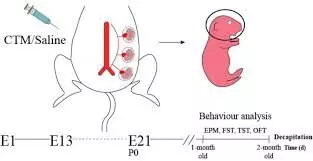
Darbhanga: 56 MBBS students of Darbhanga Medical College and Hospital (DMCH) have reportedly been booked for protesting against what they termed as ”arbitrary” academic decisions. According to the Careers360 report, they were opposing the alleged ban on exams, classes, and stay in hostels.
The students have alleged that “false” First Information Reports (FIRs) have been filed against them.
According to the students, the issue arose when the college administration barred around 60-70 students from appearing for the sent-up examinations despite their 75% attendance recorded on the biometric app.
Also Read: ‘Assaulted, blackmailed’- MBBS student alleges ragging, 3 medicos booked
Careers 360 has reported that the stand-off between the DMC management and students escalated after an order was issued by the principal announcing that all classes for 2021, 2023, and 2024 MBBS batches had been cancelled and the medical students would not be allowed to stay in the hospital.
Thereafter, a meeting was held on September 26 with the department heads and the college authorities decided that the girl students enrolled in MBBS 2025 batch would be allowed to stay in the hostel as well as attend classes. Meanwhile, it was also decided that the MBBS students of the 2022 batch would be allowed to attend classes and stay in the hostel from October 7. Regarding the MBBS students of the 2023 and 2024 batches, it was decided that they could appear for the University’s written, departmental, practical and oral examinations while staying outside the DMC hostel.
“All classes for the 2021, 2023, and 2024 batches are cancelled until further notice, and they will not be allowed to stay in the hostel. Therefore, all concerned students are directed to ensure compliance with the above decisions and will be responsible for any action taken against them in the future if they do not follow these rules,” read the notification.
The students started protesting against this decision and consequently, the college administration lodged FIRs against them, the students alleged.
“This is not just an attack on students — it is an attack on the future of medical education and an attempt to silence genuine voices. Criminalizing young medical students for demanding their rights is unacceptable and sets a dangerous precedent,” remarked the medicos.
The Daily has reported that the students have demanded immediate withdrawal of the false FIRs against 56 DMCH students, fair treatment in academics by allowing them to take exams, and accountability of the administration for “misusing” power against students.
“Doctors are the backbone of our healthcare system. Today’s students are tomorrow’s healers. If they are silenced, harassed, and criminalized, what future does healthcare in Bihar hold?” asked the medicos.
Also Read: J P Nadda inaugurates 210-bed super speciality block at Darbhanga Medical College Hospital
